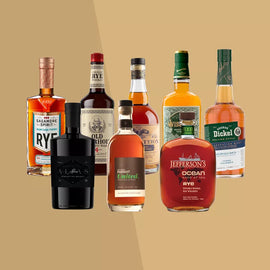Can cask-finished bourbon technically still be called bourbon? It’s a divisive subject in the world of American whiskey as the regulations specifically state that bourbon can only be matured in “charred new oak containers.” There are some who believe that any time spent in a different barrel immediately disqualifies these whiskeys from being considered bourbons, while a case could also be made that maturation and finishing are separate periods of measurement, with maturation typically lasting years, and finishing lasting only a few months.
Here at Whisky Advocate, we saw this growing trend and expanded our Buying Guide categories accordingly, to account for finished bourbons and ryes. We see them as not quite the same but not so different either, that’s why you’ll see “Bourbon/Finished Bourbon” when you flip to the reviews in the back of the magazine.
No matter your stance on the issue, the fact remains that American whiskey makers are just beginning to explore the possibilities of cask finishing. With every new Buying Guide, we review more and more cask finished bourbons and ryes, and the Spring 2022 issue is no different. From cognac to beer to wine and other finishes, these whiskeys showcase the added dimension that a secondary cask can offer. What’s more, they’re all very good, scoring 88 points or more, with Ammunition Cabernet Sauvignon Barrel Finished Bourbon landing among our Editors’ Choice whiskies for the issue.
View full article here.



